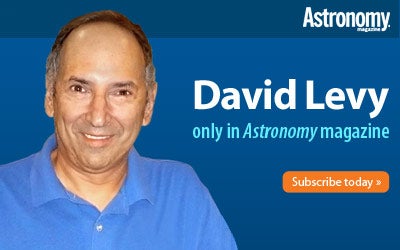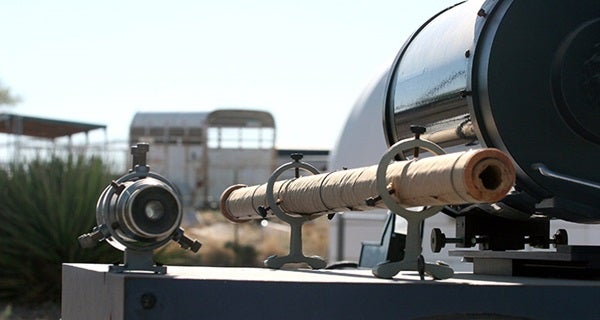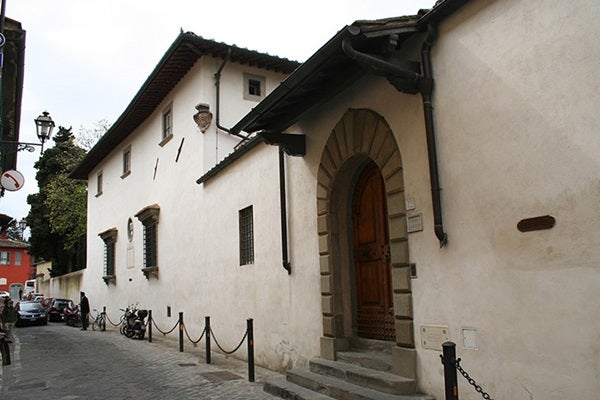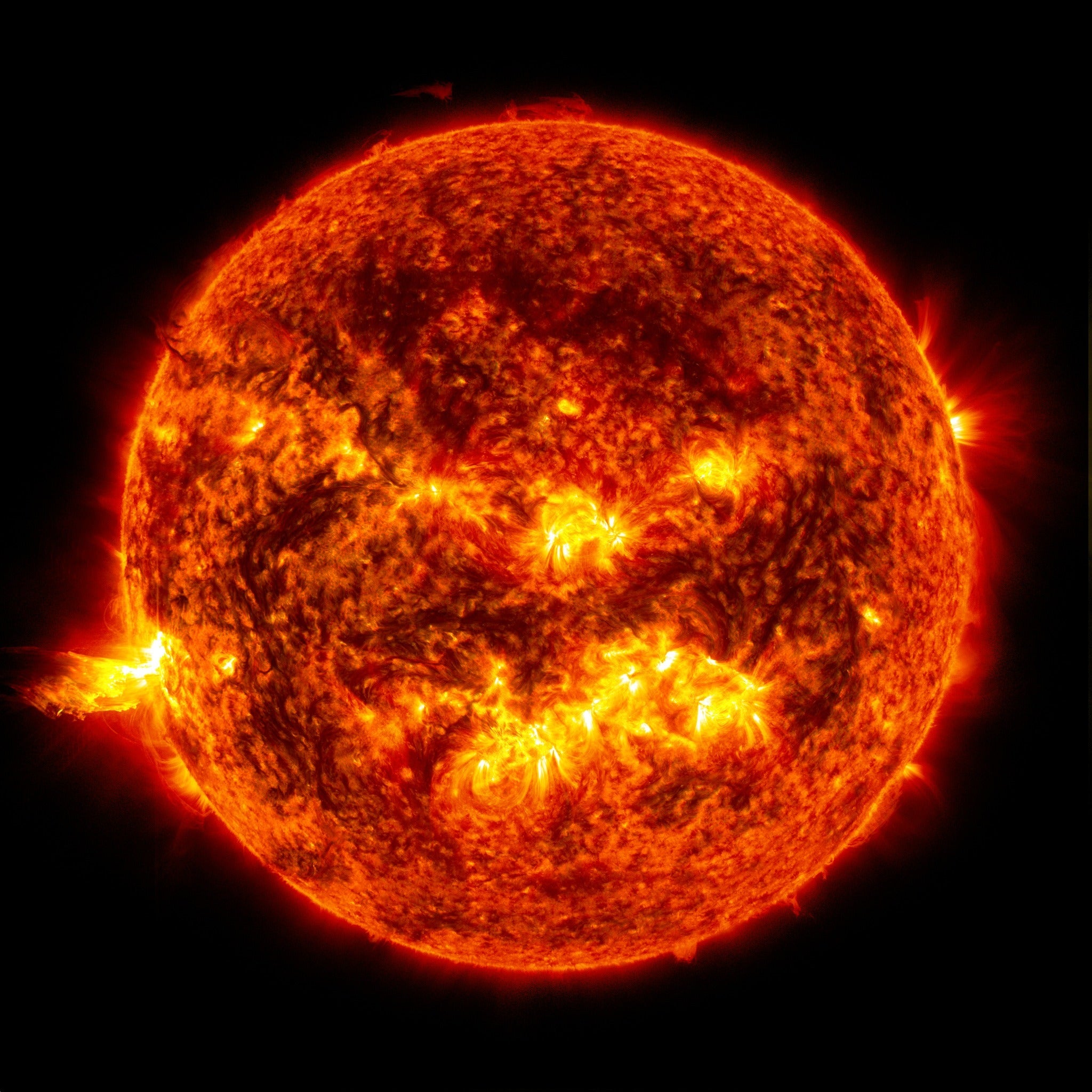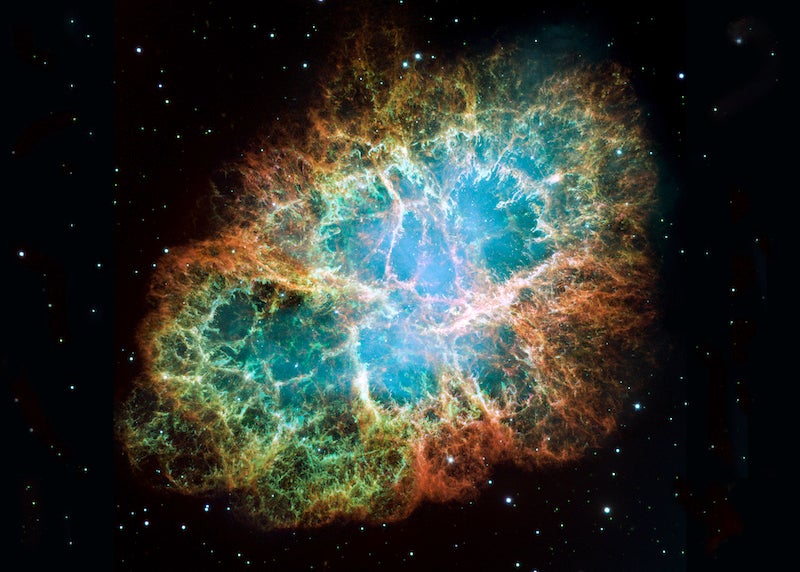The International Year of Astronomy is really about Galileo. It’s not because he was the first to look through a telescope — remember, last month we discussed the English perspective glass that was in use decades earlier. It’s because he was the first to carefully record what he saw, promptly publish his work, and accept the consequences of the conclusions he drew.
Galileo was born in 1564, the same year as William Shakespeare. His first name derives from a Tuscan custom of the era that the first name of the firstborn child would be a repeat of the surname. Although Galileo lived to age 78, extraordinarily long for his time, he was often ill with arthritis or rheumatism.
Galileo was well past mid-career when he looked at Jupiter January 7, 1610. He wrote, “I perceived … three starlets, small indeed, but very bright.” Certain that these were “fixed” stars, he enjoyed his view enough that on the next night he sought them out again. The starlets had moved with respect to Jupiter, and over the next few evenings they moved enough to convince Galileo that they were moons circling their planet.
Later in 1610, Galileo used his telescope to record the positions of sunspots crossing the full diameter of the Sun. Although he did not use a filter, he likely performed his observations near sunrise or sunset, when the natural atmospheric haze dims the Sun slightly. The poor quality of his objective lens probably also acted as a sort of filter.
Galileo lived to see his friend, Maffeo Barberini, elected Pope Urban VIII in 1623. The new pope couldn’t wait to see his scientific friend.
The pope’s early years were a victory for Galileo. He and Urban VIII took long walks on the grounds and discussed all manner of scientific questions. Although Galileo understood that he was no longer talking with Barberini but with Pope Urban VIII, he felt reassured by the pope. In 1632 Galileo published his interpretation of his 1610 discoveries in the form of a conversation called Dialogue Concerning the Two Chief World Systems. In the publication, Galileo presented the pope’s arguments against the Copernican system in the voice of a simple fool. The publication enraged the pope, who summoned Galileo to appear before the Inquisition.
It was a catastrophe for Galileo. Even as he awaited trial, he was led to believe that he would get off with something like a reprimand. However, at the end he was sentenced harshly. Convinced that Galileo had duped him into granting permission to publish a book that made him look foolish, the pope sentenced Galileo to life imprisonment. Galileo begged for a lighter sentence, which the pope quickly granted: life imprisonment within the scientist’s villa in Arcetri while a representative of the Inquisition kept tabs on Galileo’s activities.
In this year of astronomy, Galileo remains an enigma. The controversies that plagued his later years have vanished, and he is now regarded universally as one of the greatest scientists of all time, well positioned with Newton and Einstein. As re-cently as 1992, Pope John Paul II declared after a 13-year investigation that the Catholic Church wrongfully condemned Galileo. Father George Coyne, then director of the Vatican Observatory, told me that John Paul may have chosen this path rather than risk a second trial of Galileo.
“The error of the theologians of the time,” John Paul noted, “when they maintained the centrality of the Earth, was to think that our understanding of the physical world’s structure was, in some way, imposed by the literal sense of Sacred Scripture.” The world had changed, and now 17 years later the church is enthusiastically on board with the modern world’s celebration of Galileo’s great deeds — and his courage.
July 2009: The Bard and astronomy
See an archive of David H. Levy’s Evening Stars

